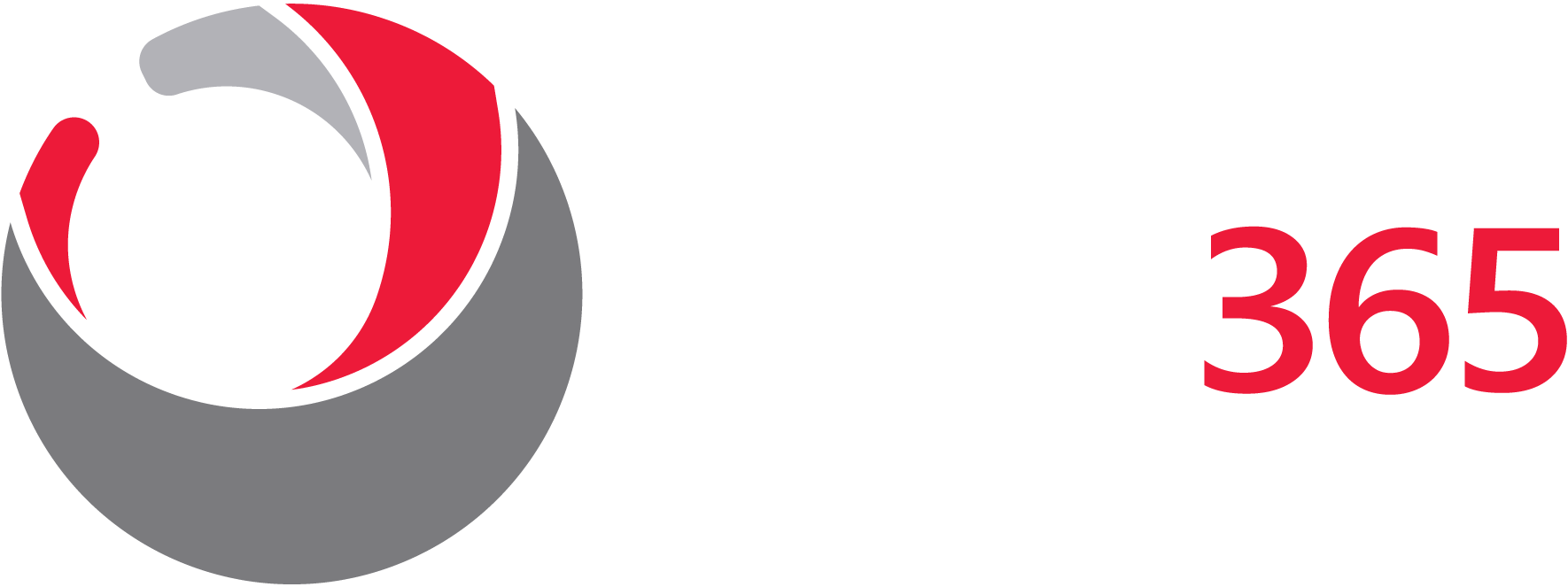There is a time and place for everything, including traditional storage solutions in today’s digital age. However, not everyone might think this way.
It can be easy to forget about the tried-and-true options when there are so many new, flashy technologies on the market, but sometimes a traditional storage solution is the only answer.
In this blog post, we’ll explore some of the reasons why you might need to go with a more traditional option for your company’s storage needs.
Keep reading to discover everything you need to know about this facet of commercial IT.
What are storage arrays?
A storage array is a type of hardware that is designed specifically for storing and accessing data. Storage arrays can be used to store data locally or remotely. They can configured with large amounts of storage space and high-speed connections.
Furthermore, storage arrays often have features that allow them to be used for other purposes. Examples include hosting applications or serving web pages. However, their primary purpose is still storing and accessing data.
Also, one thing to keep in mind is that there are different types of storage arrays . For example, some storage servers are designed for small businesses, while others are made for enterprise-level companies.
For instance, enterprise-level storage servers typically have more storage space and faster connections than those made for small businesses.
How do storage servers work?
Storage arrays work by providing a secure location for data to be stored. They are usually connected via a high-speed connection.
Storage arrays typically use one of three main types of providing access to the data: direct attached storage (DAS), storage area network (SAN) protocols and network attached storage (NAS). DAS is directly connected to the host servers, while SAN & NAS are connected using specific protocols and can be accessed by multiple hosts simultaneously.
In addition, storage arrays can also be used to store data in the cloud. Cloud storage is a type of storage that allows data to be stored on remote servers and accessed over the internet.
Managed Storage Array vs Supply only Storage Array
It’s important to consider the size of your company and the skills available to you when making this decision. If your company has a dedicated storage specialist, then a supply only storage array may be a practical option. If, however, you don’t have dedicated storage skills, then a managed storage array will be more cost-effective, as they come packaged with all the necessary hardware, software and support, along with skill sets you will need to help ensure you make use of additional features of the storage array.
When Should You Use a Traditional Storage Array?
There are many reasons why you might need to use a traditional storage array, but some of the most common include:
- When you need high capacity: Traditional storage arrays can be shaped to initially provide the storage requirements, with flexibility to expand as needed.
- When you need your storage as close to the application and end user as possible, being within the same physical network reduces latency and can increase efficiency and productivity.
- When you need full control over the location of your physical hardware, traditional storage array is the only true option.
When Should You Not Use a Traditional Storage Array?
There are also some situations where a traditional storage array might not be the best choice. Some of the reasons you might want to consider another option include:
- When cost is a concern: Traditional storage servers can be more expensive than some of the newer options on the market. If cost is a major consideration for your company, you might want to explore other choices.
- When you need portability: If you need to be able to move your data around easily, a traditional storage array might not be the best choice. This is because they are usually larger and more difficult to move than other options.
Alternatives to Traditional Storage Arrays
If you’re considering using a traditional storage array, there are a few things to keep in mind when choosing a provider:
- Capacity: Make sure to choose a provider that can offer the amount of storage you need. This will vary depending on the size of your company and the amount of data you need to store.
- Speed: If speed is important to you, make sure to choose a provider that offers high-speed connections. This will ensure that you can quickly access your data when you need it.
- Security: If security is a concern, make sure to choose a provider that offers features like encryption and access control lists. This will help to protect your data from unauthorised users.
- Support: Make sure to choose a provider that offers 24/7 support. This will ensure that you can always get help if you have any problems with your storage array.
Using a traditional storage array can be a great way to store large amounts of data, improve access speed, or keep data secure. If you’re considering using one for your business, make sure to keep the above factors in mind.
How to Choose the Right Provider for Traditional Storage Arrays
There are a few alternatives to traditional storage arrays that you might want to consider:
- Cloud storage: Cloud storage is a type of remote storage that can be accessed from anywhere.
- Object storage: Object storage is a type of cloud storage that is designed for storing large amounts of data. It’s often more affordable than traditional storage arrays and can be scaled to meet your needs.
- SAN: A SAN (storage area network) is a type of network that connects storage servers together. This can improve performance and make it easier to manage your data.
- NAS: A NAS (network attached storage) is a type of network that connects storage arrays to your local network. This can improve performance and make it easier to manage your data.
These are all capable with ‘traditional arrays’. Think about HCI, dHCI, local server storage as alternatives.
If you’re looking for an alternative to traditional storage arrays, the above options are a few to consider. Each has its own advantages and disadvantages, so be sure to choose the one that’s right for your business.
Making the choice
When it comes to choosing a storage array for your company, there are many factors to consider. Some of the most important include capacity, speed, security, and cost.
If you need to store large amounts of data for archiving or infrequently accessed data, then high capacity, less performant arrays are likely your best option.
However, if speed, access times and latency is more important than capacity, you might want to consider a hybrid or all-flash alternative.
Ultimately, the best choice for your company will depend on your specific needs and budget. If you’d like to check out what kind of services we provide in this space, get in touch with us and we will help you out.


